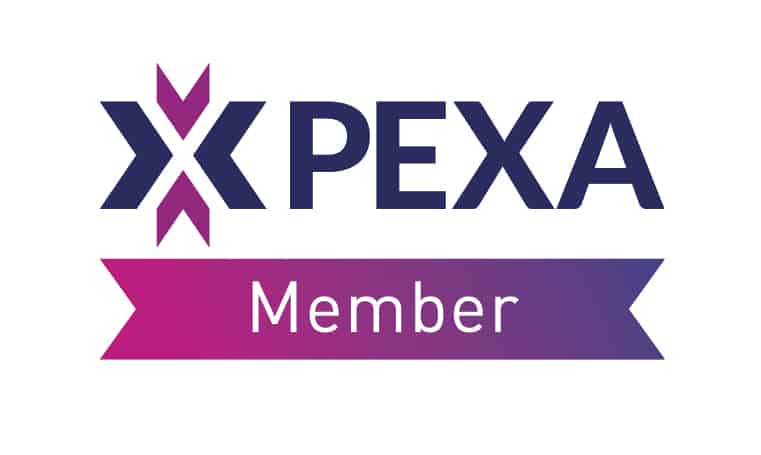
Contexts in which property may be co-owned include:
- A domestic or matrimonial relationship;
- An interpersonal relationships (i.e ownership between friends);
- Parental relationships; and
- sibling relationships.
People caught up in the excitement of purchasing a new property seldom consider what might happen if the relationship between co-owners deteriorates in the future.
What if one co-owner wants to sell the Property and the other does not?
Where there is no written agreement and the parties cannot come to a commercial arrangement for the sale, one co-owner can apply to the Supreme Court of NSW under section 66G of the Conveyancing Act 1919 (NSW) (the Act).
What are the implications of a section 66G application?
Following an application, where the owners cannot agree on the terms of sale of a property, the Court may appoint a trustee to oversee the sale. Unless the appointment would be inequitable, an order under section 66G of the Act is considered almost ‘as of right’: it is very hard to defend the application and the Court will likely force the sale of the Property.
What would the Court consider inequitable?
It is very difficult to establish inequitable grounds and there are very few cases where the respondent has successfully defended a section 66G application. Grounds may include where a contractual or proprietary right exists (e.g. where the parties have contracted out of the application of section 66G in a co-ownership deed).
What happens when a property is sold under section 66G?
Once the property is sold, the sale proceeds are placed in a trust and the proceeds of sale are distributed amongst the co-owners. Their respective proportions will ultimately be decided on the basis of the contributions made by the co-owners.
The legal costs of the co-owner who commenced the section 66G application are generally deducted from the sale proceeds of the property.
What if a co-owner has made greater contributions or improvements to the property?
The Court has regard to any increase in a property’s value as a consequence of one co-owner’s expenditure when determining a division of sale proceeds. Where your expenditure on improvements has enhanced the property’s value, you should be entitled to reimbursement for your expenditure.
However, the reimbursement will be valued at the lower of what you have expended on the property and of the increase in value of the property.
Contributions to the property include:
- Renovations;
- Council and water Rates;
- Home insurance payments;
- Mortgage repayments; and
- Rent (if a co-owner lives in the property at the exclusion of the other co-owner/s).
Where one co-owner has made greater contributions to the property, an equitable accounting process may be required to ensure that, when the sale of the property is ordered pursuant to section 66G, they receive a greater share of the proceeds of sale.
How can we assist?
Navigating a property dispute can be a very stressful process, particularly when the property is owned jointly between friends or family. Co-owners should seek legal advice about their rights in relation to the property.
Drafting a co-ownership deed including a mechanism for the sale of the property would likely avoid any costly disputes in the future.
Contact us if you or someone you know would like further information or advice in relation to your property co-ownership rights.





